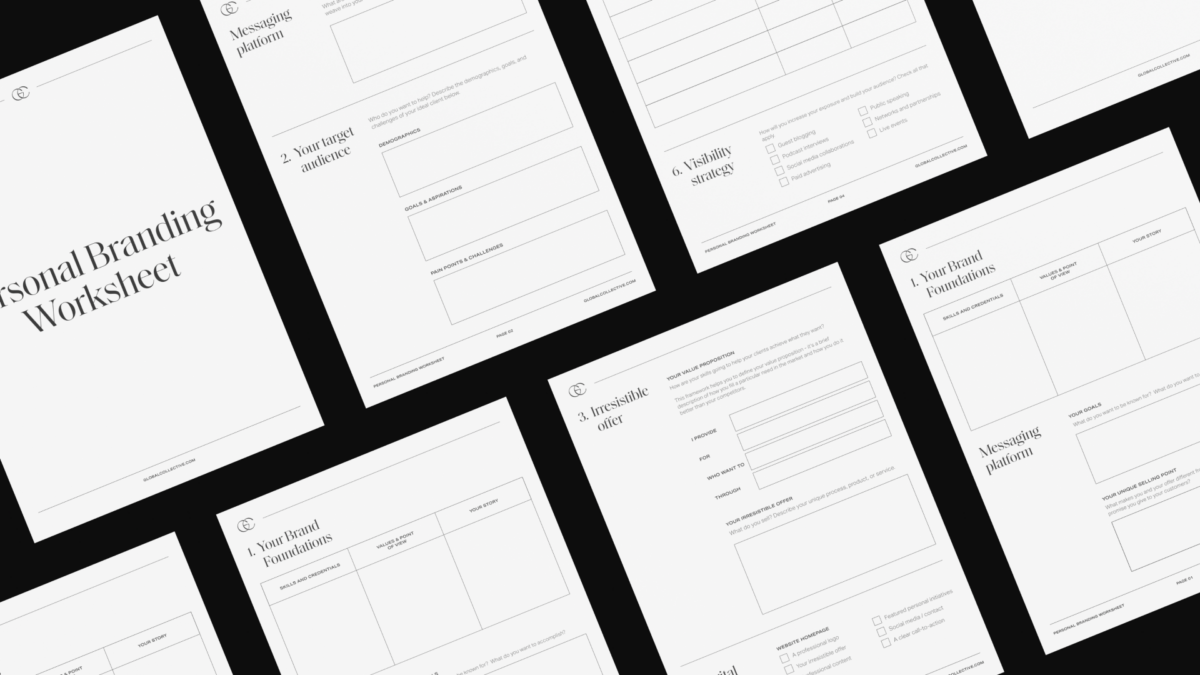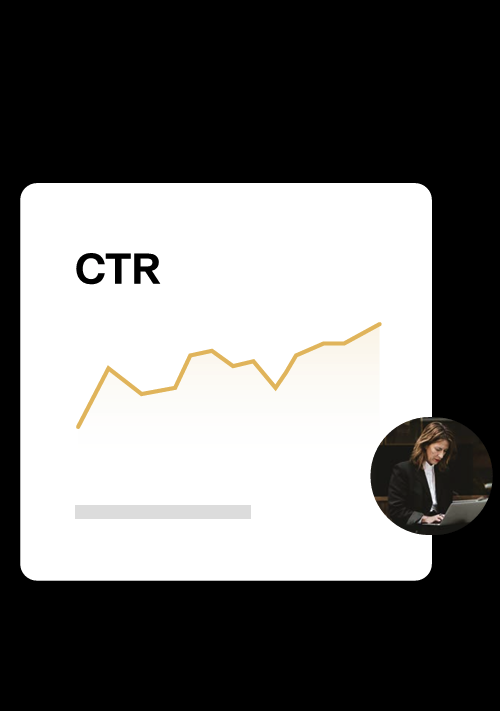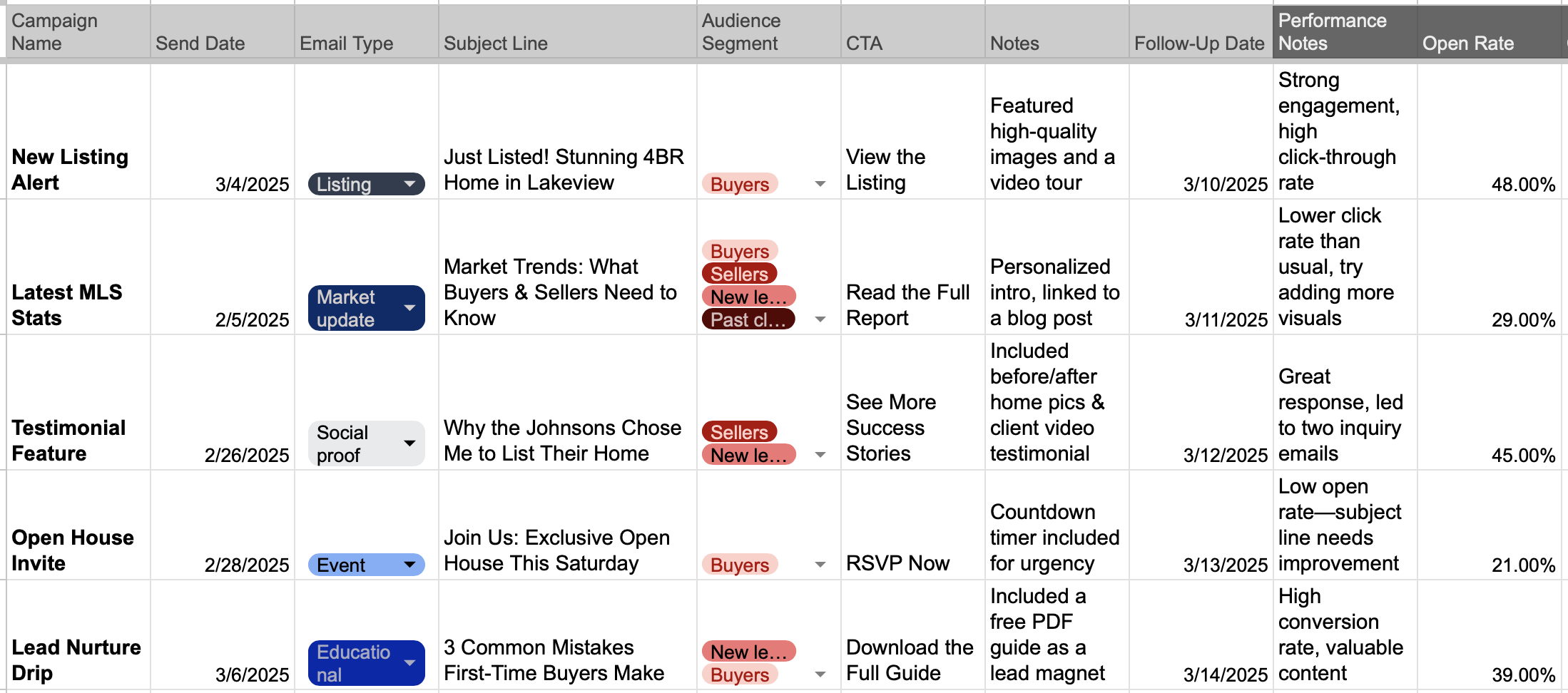A well-organized approach to your email marketing strategy ensures that your messaging stays consistent, relevant, and engaging to your audience. By using an email marketing strategy template, real estate agents can plan, execute, and track their campaigns efficiently. This article will guide you through the key steps to creating a structured email marketing plan and offer free templates to help you stay organized.
Find It Fast
Benefits of using a formal email marketing strategy in real estate
Email marketing is a powerful tool for nurturing leads, staying top-of-mind with past clients, and promoting new listings. However, without a structured plan, it’s easy for campaigns to become inconsistent or ineffective.
A well-designed email marketing strategy template provides a clear roadmap, ensuring that every email serves a purpose, is sent at the right time, and aligns with your overall marketing goals. Below, we explore exactly how a well-planned real estate email marketing strategy helps you generate, nurture, and convert leads while maintaining strong client relationships and brand awareness.
Improved lead nurturing and conversion
- Keeps your brand top of mind with consistent, value-driven content
- Uses personalized emails to target prospects based on their interests and behavior
- Converts warm leads into clients by offering timely and relevant calls to action (CTAs)
- Encourages potential clients to engage with your brand through compelling content
Strengthened client relationships
- Builds trust by providing useful real estate insights, market updates, and expert advice
- Encourages repeat business and referrals by maintaining contacts post-transaction
Higher engagement rates
- Delivers targeted content to segmented audiences, increasing open and click-through rates
- Uses compelling subject lines, personalization, and dynamic content to keep subscribers interested
- Optimizes send times and frequency for maximum reader interaction
Improved brand authority and trust
- Ensures agents regularly share valuable content using a consistent email design and messaging strategy
- Reinforces brand identity, positions them as local experts, and builds credibility
Measurable and optimizable performance
- Tracks key metrics such as open rates, click-through rates, and conversions
- A/B tests subject lines, content, and CTAs to refine messaging
- Leverages analytics to continuously improve email campaigns based on real data
Seamless integration with other marketing channels
- Incorporates campaigns in social media, content marketing, and paid ads for a unified strategy
- Expands the audience for blog posts, videos, and social content to email subscribers
Scalability and automation
- Guides leads through the sales funnel with automated email sequences
- Allows for easy scaling as your database grows, without requiring significant extra effort
Key steps to building your email marketing strategy
To create a successful email marketing plan, follow these essential steps.
1. Identify and research your target audience
Understanding who you are trying to reach is the foundation of your marketing strategy. Gather insights from:
- Website analytics and CRM data
- Social media audience demographics
- Past client interactions and behaviors
- Market research and industry trends
Once you’ve identified your overall target audience, segment contacts based on their needs, preferences, and stages in the buying or selling journey.
2. Consider your brand identity
Your email marketing should reflect your brand’s voice and messaging. Define:
- Your tone (e.g., professional, approachable, or luxury-focused)
- Visual elements (logo, colors, typography)
- The unique value proposition you offer clients
Rewrite your brand strategy
Our free resources can help you define your personal brand, level up your marketing plan, and reach your target audience.

3. Invest in the right tools
Using the right software systems can streamline your email marketing efforts. Consider:
- Email marketing platforms (e.g., Mailchimp, Constant Contact, HubSpot)
- CRM systems to manage contacts and automation
- Analytics tools to track performance
- Design software for branded templates
4. Define success and how you’ll measure it
Track and analyze key performance indicators to assess your email strategy. Key metrics include:
- Open rates
- Click-through rates
- Conversion rates
- Unsubscribe rates
5. Define SMART objectives
Setting specific, measurable, achievable, relevant, and time-bound goals helps guide your strategy. Here are a few examples:
- Increase email open rates by 15% over the next three months.
- Regularly generate 50 new leads per month through email sign-ups.
- Boost click-through rates by 10% by optimizing subject lines and CTAs.
6. Create a content calendar
A structured content calendar ensures consistency and strategic planning. Include:
- Email send dates
- Target audience segments
- Subject lines and core messaging
- CTAs
7. Develop email templates and automation
Having ready-to-use templates saves time and maintains brand consistency. Examples include:
- Welcome emails: Introduce your business and provide valuable resources.
- Market updates: Share recent trends and investment opportunities.
- Follow-up sequences: Automate messages based on user actions.
Nurture leads effortlessly with email templates
Our free e-book offers customizable resources and tips to keep your database engaged, move leads through the funnel, and close deals effectively.

Email marketing strategy templates for real estate agents
Thankfully, there’s no need to build out a tracking tool from scratch. Our ready-to-use email marketing strategy template sets you up to send out engaging emails that drive conversions. Simply click here to access the spreadsheet, hit the blue “Use Template” button, and customize it to fit your brand and audience.

The three tabs at the bottom of the spreadsheet offer access to different versions of the email marketing strategy template. These allow you to track and boost the success of email campaigns that feature individual messages, recurring emails, and lead nurturing sequences.
Here’s a filled-out example of the individual email marketing strategy template with hypothetical data to show how a real estate agent might use it effectively:

Email marketing strategy + Luxury Presence
A well-structured email marketing strategy template can help real estate agents generate and nurture leads more effectively. By defining goals, segmenting your audience, planning content, and using templates to stay organized, you can create high-performing email campaigns that drive engagement and sales.
To take your real estate marketing to the next level, Luxury Presence offers industry-leading websites and digital marketing solutions designed to help agents attract and convert more leads. Get in touch today to elevate your online presence and optimize your email marketing strategy.
Luxury Presence can elevate your marketing strategy
Learn how we can help take your real estate business to the next level. Schedule a time to speak with one of our branding experts today.





